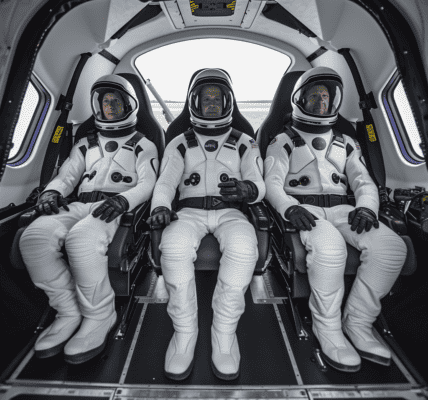Akoya Biosciences and Enable Medicine Announce Deployment of MaxFuse Algorithm for Integrating Multiomic Single-Cell and Spatial Datasets
Akoya Biosciences, Inc., in collaboration with Enable Medicine, has announced the deployment of MaxFuse, an advanced algorithm co-developed by Dr. Garry Nolan for integrating multiomic single-cell and spatial datasets. The algorithm enables the matching and integration of datasets from spatial proteomics, spatial transcriptomics, single-cell sequencing, or other modalities. This advancement comes as recent technology has enabled analyses of the proteome, metabolome, transcriptome, and epigenome both spatially and at the single-cell level.
The MaxFuse algorithm, developed to overcome the challenge of integrating data from diverse modalities and platforms, provides a reliable, fast, cost-effective, and scientifically powerful means to integrate spatial proteomic data with single-cell transcriptomic and epigenomic data sets. The development, co-developers, and applications of MaxFuse were described in recent Nature and Nature Biotechnology publications, showcasing its significance in the field.
Dr. Garry Nolan, a co-founder and member of the Board of Directors of Akoya Biosciences, emphasized the significance of MaxFuse in addressing the challenge and opportunity to deliver an algorithmic solution to link multimodal and multiomic datasets. He highlighted that MaxFuse represents a significant advancement in the analytics capabilities needed to maximize the value of data derived from spatial and single-cell technologies.
According to Dr. Nolan, the relationships that can be revealed by AI and reinforced learning when incorporated into tools such as MaxFuse can enable scientists to maximize the value of both new and historical data sets, contributing to the acceleration of the pace of discoveries derived from these technologies.
With this announcement, Akoya’s customers can access MaxFuse through the Enable Medicine AI-powered biological insights, providing them with a valuable tool to enhance their research and analysis capabilities in the field of spatial and single-cell data integration.





